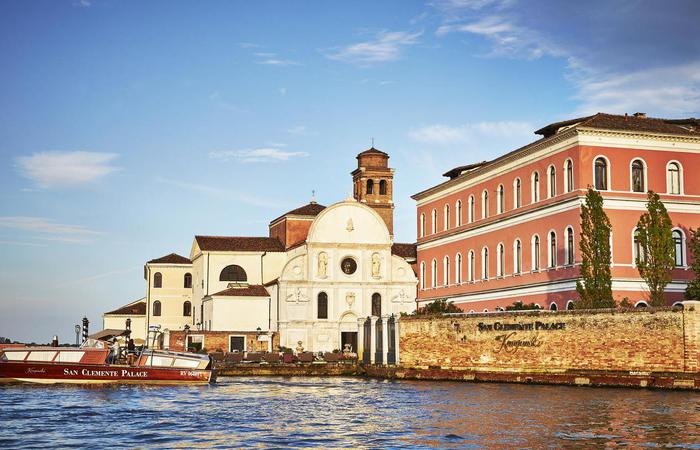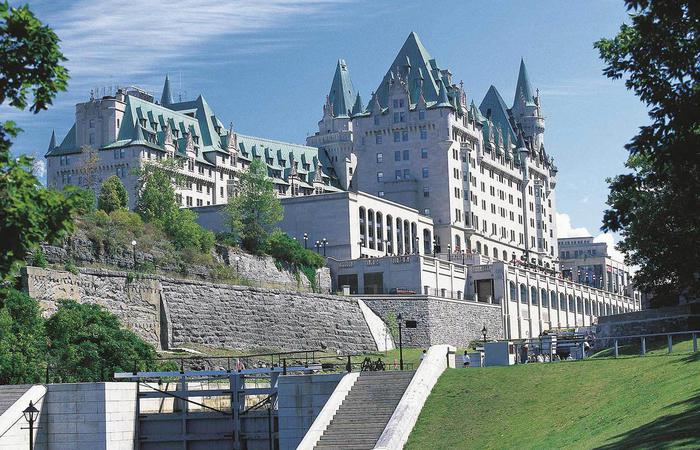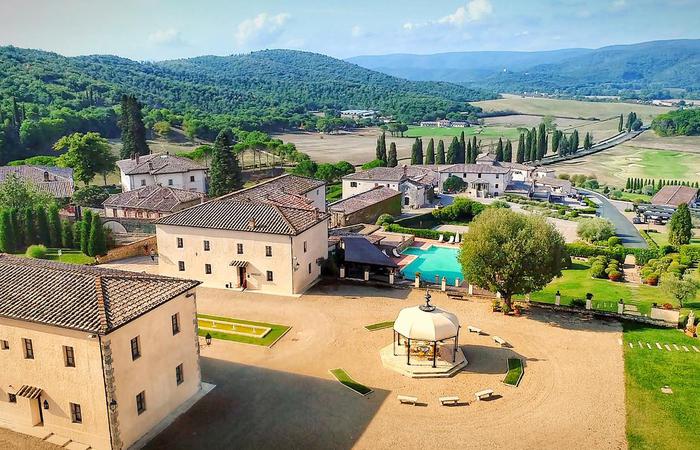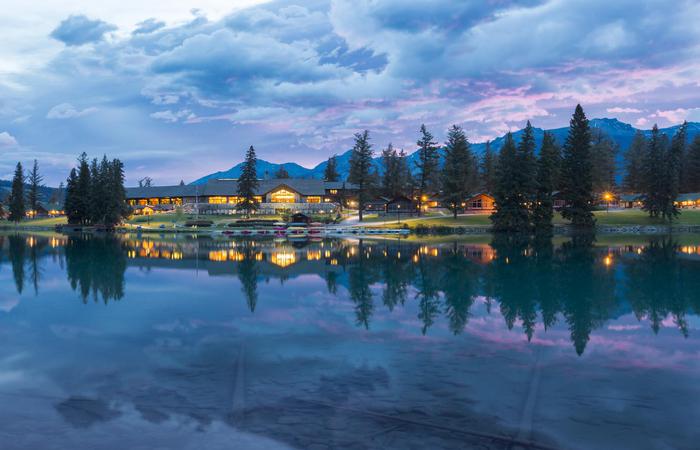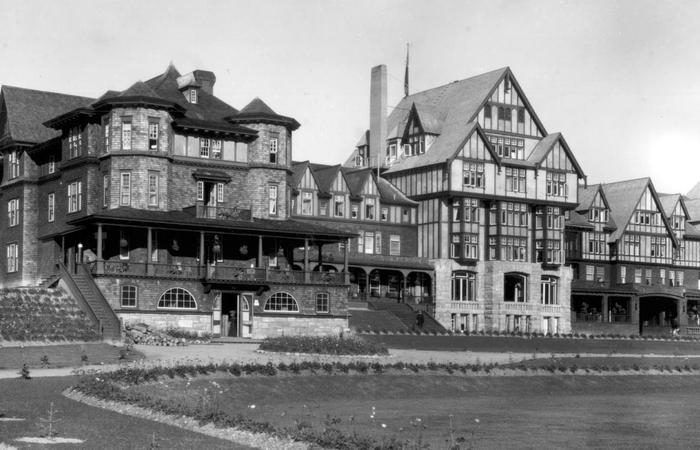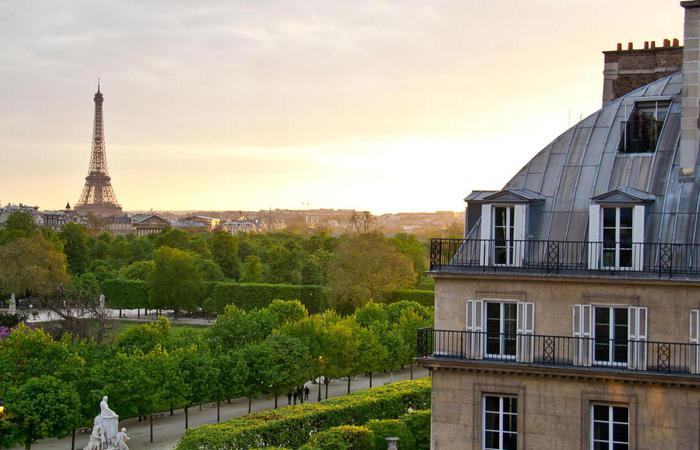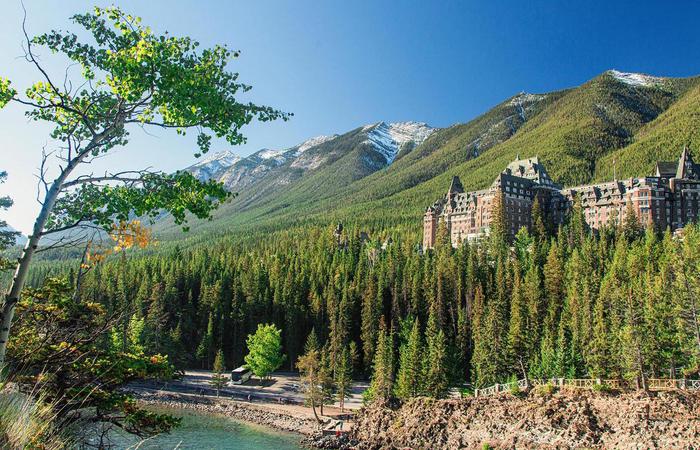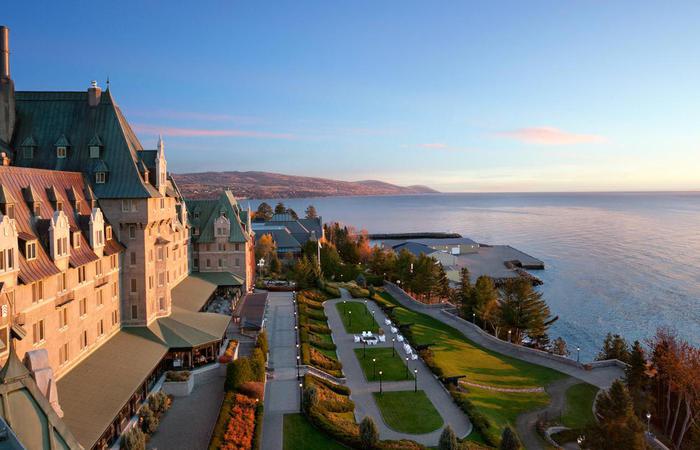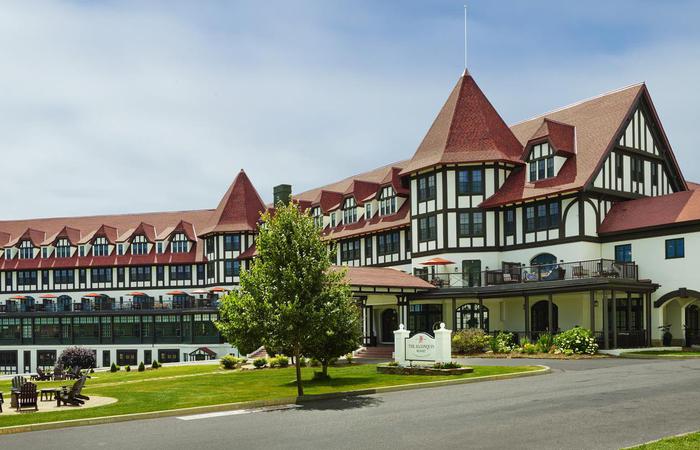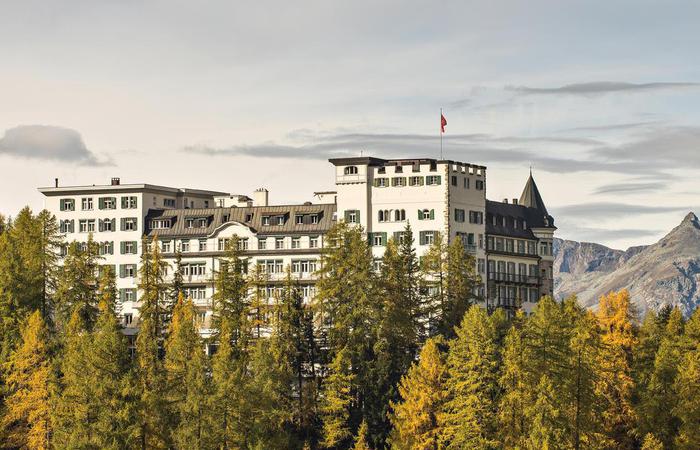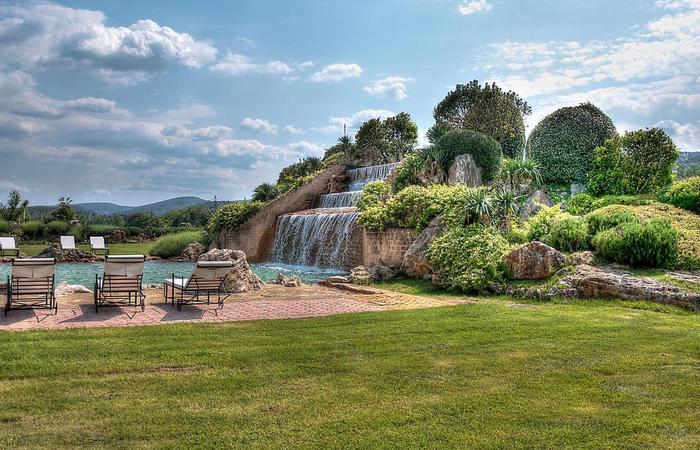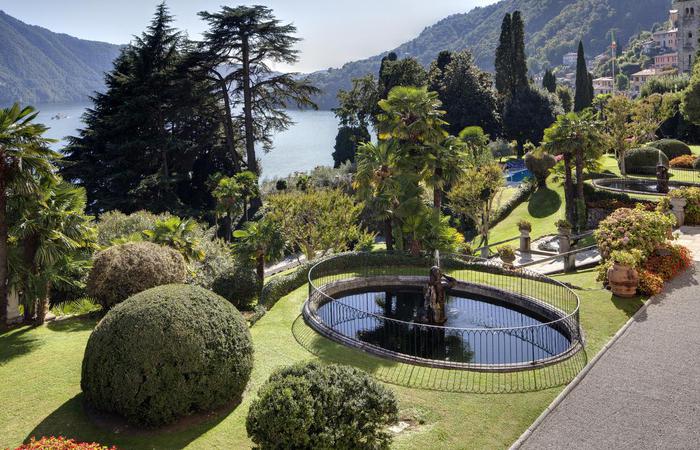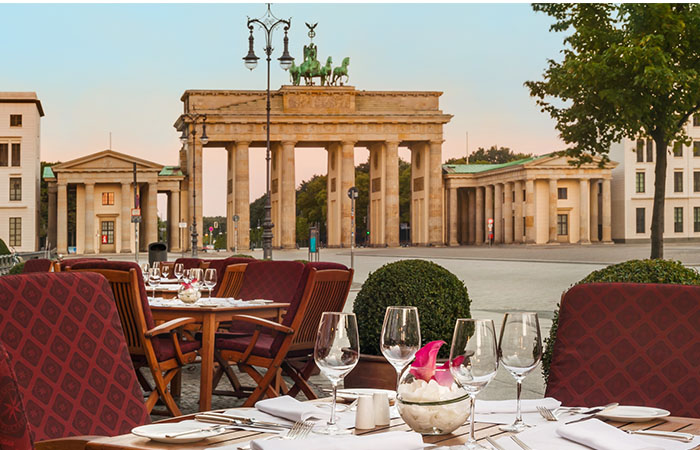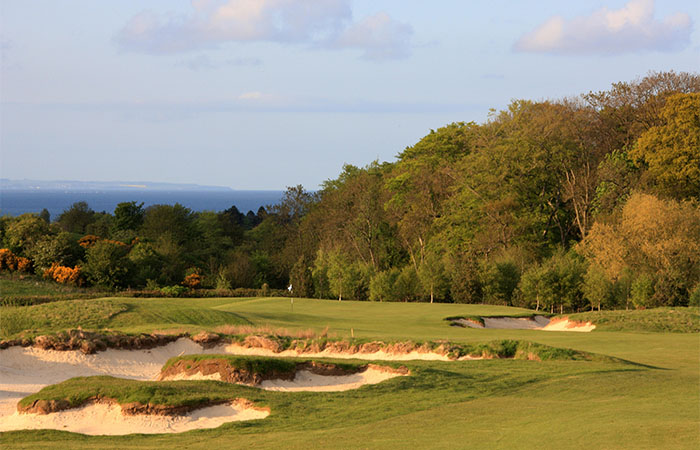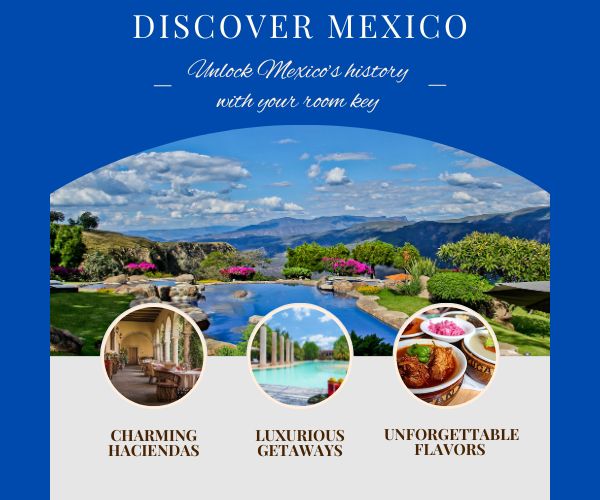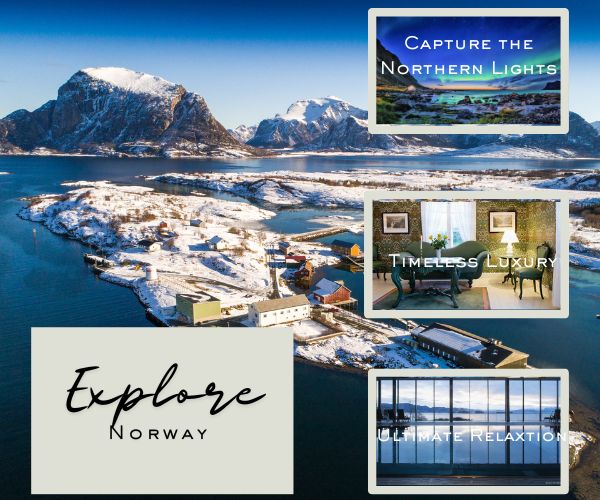Receive for Free - Discover & Explore eNewsletter monthly with advance notice of special offers, packages, and insider savings from 10% - 30% off Best Available Rates at selected hotels.
history
Discover Kongsgaard, which was once a national gift that Norway presented to Denmark for its support following World War II.
Nestled in the picturesque mountains of Valdres, Norway, Danebu Kongsgaard stands as an enduring symbol to the historic friendship shared between Norway and Denmark. This historic lodge—now a charming boutique hotel—has a rich history that dates to the aftermath of World War II. Having endured the hardships of the conflict, Norway received significant aid from Denmark in the form of food supplies. Produce and livestock regularly unloaded in Norwegian ports for months, saving the country’s population from experiencing utter starvation. In a gesture of profound gratitude, the Norwegians in turn decided to present a special gift to the Danes. The idea was championed by a major newspaper editor named P. Chr. Anderson, who partnered with the Norwegian Ski Association to hold a nationwide fundraising campaign. Launched on Denmark’s national Constitution Day in 1945, the drive soon saw public contributions arrive rapidly from all corners of Norway. Both Anderson and the Norwegian Ski Association subsequently decided to use the gathered funds to construct a quaint ski lodge aptly named “Danskehytte”—or “Danish Cottage”—right outside of Valdres atop the Aurdalsåsen. An architectural competition was then held to determine its design, which lasted for several weeks. After sifting through dozens of submissions, the plans of the ambitious Esben Poulsson eventually won. Poulsson’s endearing vision for the structure specifically sought to achieve complete architectural harmonization with the stunning geography of the Aurdalsåsen, hoping such a feat would better immerse future guests in its tranquility. The design featured details typical of Norwegian mountain lodges at the time, such as steeply pitched roofs and the extensive use of local timber.
Construction began in 1947, and by 1950, the lodge was ready to welcome its first visitors. Much to the delight of countless Norwegians, the rustic site quickly became a beloved destination among many Danish holidaymakers eager to explore the area’s serene alpine environment. The majestic terrain eventually attracted outdoor sports enthusiasts, too, who hoped to use the landscape as a tool for their training regimens. In fact, the structure came to host famous ski jumpers and ice skaters over the following decades, including Olympians Bjørn Wirkola, Lars Grini, and Oddmund Jensen. Despite its storied reputation, the historic lodge faced challenges as the century progressed. Significant signs of aging became increasingly apparent, and the complex suffered a prolonged decline in business. Fortunately for the location, the ambitious Sandvik family acquired the ailing structure and instated a thorough renovation that brilliantly saved its architectural integrity. Now known as “Danebu Kongsgaard” today, the future of this terrific historic site has never looked brighter. Danebu Kongsgaard currently operates as a cozy boutique hotel, offering a unique blend of historical charm and modern comfort. Contemporary guests can try a range of rewarding activities, from hiking and fishing to simply relaxing in the pastoral mountain atmosphere. Danebu Kongsgaard’s journey from a wartime gift to a modern boutique hotel is truly a fascinating tale that embodies the deep cultural connections that Norway and Denmark continue to enjoy. The hotel is a place where history and hospitality still come together to create unforgettable experiences.
-
About the Location +
Located a few hours west from the Norwegian capital Oslo, the quaint village of Aurdal is in the county of Innlandet, specifically its historic Opplanda cultural area. The county resides within an even larger region known today as “Eastern Norway,” which is one of the most culturally vibrant areas of the country today. Like the neighboring regions of Western and Southern Norway, Eastern Norway’s most well-known historical era coincided with the rise of the Vikings—a seafaring people active across Europe during the Middle Ages. Technological innovations in Norway’s western counties effectively increased local agricultural activity, and thus the size of its population. New land to distribute became increasingly rare, forcing the inhabitants to look to the sea for opportunity. Using a uniquely slim, single-mast vessel now known as the “Scandinavian longship,” hundreds of people subsequently departed Eastern Norway to distant destinations. One widespread practice of the Vikings was to raid the shoreline of Europe for resources. Some of those warriors succeeded in carving out feudal fiefdoms—including powerful kingdoms—within the areas they conquered. But many others peacefully interacted with different European societies, establishing trading posts all over the continent. The Vikings were even known to harbor merchant colonies as far away as central Russia and the Middle East. Adventurous bands of Vikings also sailed for long distances to remote landmasses like Iceland and Greenland, which they settled starting in the 10th century. In fact, archeological evidence has revealed that the Vikings managed to colonize Newfoundland and Labrador, calling the location “Vinland” in contemporary accounts. Bult while the age of the Vikings has long since ended, many sites around Eastern Norway still preserve the rich history that they left behind.
For instance, several prominent attractions reside along the regional coastline near the mouth of the Oslofjord, such as the Kaupang Viking Town, the Slottsfjells Museum, and the Midgard vikingsenter. Modern Eastern Norway is a popular tourist attraction due to its wealth of natural wonders. Vrådal is even located right near two of the region’s most renowned lakes, Vråvatn and Nisser. Numerous other lakes are located nearby, such as Bandak, Kviteseidvatn, and Flåvatn. Many travelers from across the world thoroughly enjoy visiting those lakes, which are all conveniently connected by way of the historic Telemark Canal. (Dating back to the late 19th century, the canal consists of 18 lock mechanisms with the most distinctive being the staircase lock “Vrangfoss.”) The most popular method to navigate the 65-mile-long canal is on a couple of equally timeless boats known as the M/S Henrik Ibsen and the M/S Victoria! Even grander natural landmarks are situated a bit further away, such as the southeastern border of the famous Hardangervidda National Park. The largest national park in all Norway, this vast mountain plateau is a favorite site for cultural heritage travelers who adore hiking, cycling, and fishing. Eastern Norway’s landscape has even become a prominent destination for extreme sports, most notably an activity called “Telemark skiing.” Telemark skiing emerged when local alpinists began challenging one another to race down the area’s mountainous terrain at the height of the Victorian era. It took great skill to traverse the densely wooded paths, leading to the skiers inventing special maneuvers like the now-commonplace “free heel” turn. Many locations across Eastern Norway are now prime sites for this exciting form of skiing, with some practitioners even pushing for it to become a recognized Olympic event.
-
About the Architecture +
When Esben Poulsson began designing the Danebu Kongsgarrd, he chose to model the structure after historic Norwegian vernacular motifs. Norwegian vernacular building themes—referred to colloquially as “byggeskikk”—specifically drew inspiration from generational construction techniques that harkened back centuries. Until the onset of the 20th century, most structures throughout Norway were agricultural in nature. They typically resided deep in the wilderness and made use of whatever resources were available. Norwegian families thus developed hardy log cabins that were tightly latched together with corner notches to protect against the elements. Those houses featured rustic architectural designs inside, including open-hearth fireplaces and stone chimneys. However, a few communal structures spawned more eloquent designs, such as the iconic medieval “stave church.” Stave churches were typically designed using a type of wooden timber framing known as “post and lintel” construction, in which widely spaced vertical posts supported horizontal ones. Steeply pitched roofs reinforced by several intricately laid beams further characterized the overall design of the stave churches. Europe. Prominent dormers and steeple towers occasionally crowned the structures, too, reminiscent of more conventional Romanesque-style churches elsewhere in Europe. Great portals even guided visitors into the interior, which instilled a sense of awe with a variety of rich ornamentation connected to Norse iconography and the local alpine landscape. Some of the symbols employed drew upon ancient motifs centered around dragons and serpents. (One of the greatest examples of a surviving Norwegian stave church is the UNESCO-recognized Urnes Stave Church.)


